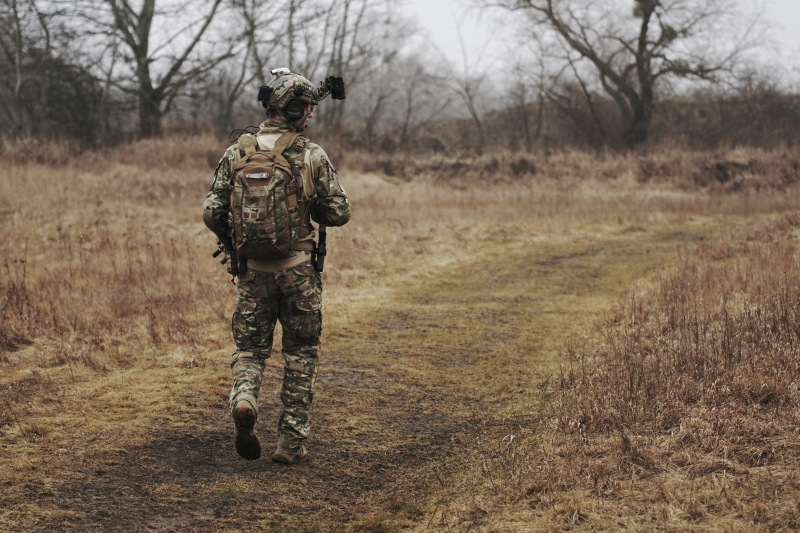What does tactical wound care (TECC) mean?
Tactical wound care is used as part of so-called tactical medicine. In the following guide, we explain how it differs from normal wound care and when it is used.
What is tactical medicine?
Tactical medicine refers to all medically necessary measures that are used in a so-called tactical environment. A tactical environment is, for example, an operational situation or the treatment of the wounded under combat conditions. Compared to normal emergency care, injuries caused by weapons or explosions predominate.
Tactical medicine is therefore the umbrella term for emergency medicine in tactical situations in which there is a threat from one or more attackers. Tactical medicine and its specialised equipment play a particularly important role in so-called major incidents. Two factors play a particularly important role in tactical medicine: techniques for rapid evacuation to a safe treatment centre and excellent medical care.
Tactical medicine has its origins in a draft for the TCCC (Tactical Combat Casualty Care) guideline, which was adopted in the USA in 1996. The experiences of both the Second World War and the Vietnam War had shown the following: seriously wounded soldiers usually died for the same reasons. They either simply bled to death, suffocated due to respiratory injuries or died from severe chest injuries. This is exactly where tactical emergency medicine comes in.

What does TECC mean?
TECC stands for Tactical Emergency Casualty Care and refers to all measures that serve to provide tactical casualty care, for example in terrorist camps. Not all rescue workers are able to carry out these measures. Instead, special training courses must be attended in order to be able to take life-saving measures in an emergency.
TCCC and its significance
In contrast to TECC, TCCC stands for Tactical Combat Casualty Care. These are guidelines that serve to care for the wounded. These guidelines are not only aimed at police personnel, but also at firefighters, bodyguards and civilian rescue services. People who take part in an appropriate course will then be able to react appropriately in special situations and initiate immediate life-saving measures.
Correct casualty care in tactical situations
In a TECC (Tactical Emergency Casualty Care) course, which is offered in many cases, rescue workers learn how to respond specifically to the wounded in operational situations or other tactical environments. This includes rescuing the wounded from the danger zone as well as carrying out adequate airway management and treating chest injuries. Evacuation and targeted evacuation are also part of a tactical wound care seminar. Rescue workers are specially trained to ensure the best possible medical care for the most seriously injured in a tactical environment. Massive haemorrhaging must be controlled and stopped, multiple injuries treated and circulation and breathing secured.
Why tactical medicine?
The threat of terrorism has never been as great as it is today and is also increasing in Europe. Tactical medicine is therefore not only used in crisis and war zones, but also to treat victims of amok. In Germany, too, there have been a number of threatening situations in recent times: from hostage-takings and rampages to terrorist attacks, it is precisely these situations that call for rapid assistance and responsible action on the part of the emergency services. Patient care in a tactical environment sometimes differs considerably from the usual procedures of the emergency services. It is also a stressful and exceptional situation to which the rescuer is exposed. These scenarios must therefore be practised - appropriate training courses are offered by various providers.
What equipment is needed for tactical wound care?
Victims in emergency situations often have severe bleeding injuries, injuries to the chest or respiratory tract. Appropriate equipment to treat these injuries as quickly as possible is therefore crucial in tactical wound care. The equipment includes the following materials:
- Products and bandages to stop bleeding
- Special wound dressings that activate the blood clotting factors and can stop both arterial and venous bleeding
- Relief puncture needles for treating the thorax
- Cervical supports and belts for pelvic stabilisation after a fracture
You will find a large selection of products for tactical wound care in our range.
Do you have any questions or need personalised advice? We will be happy to help you at any time!
